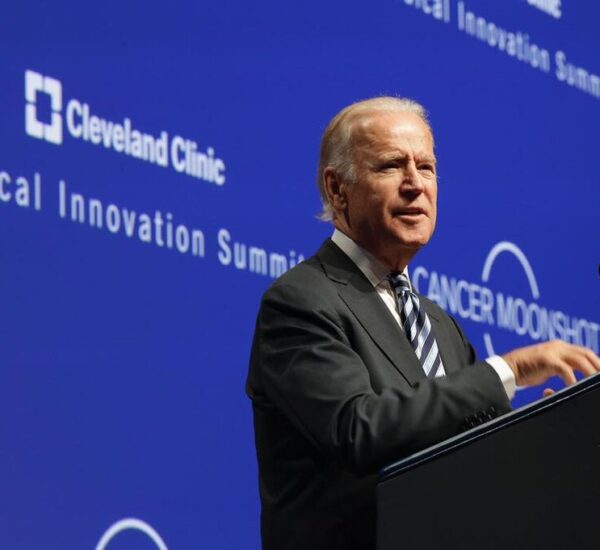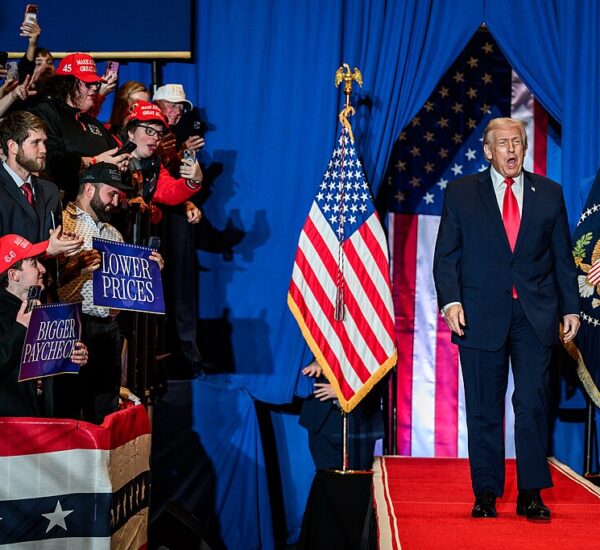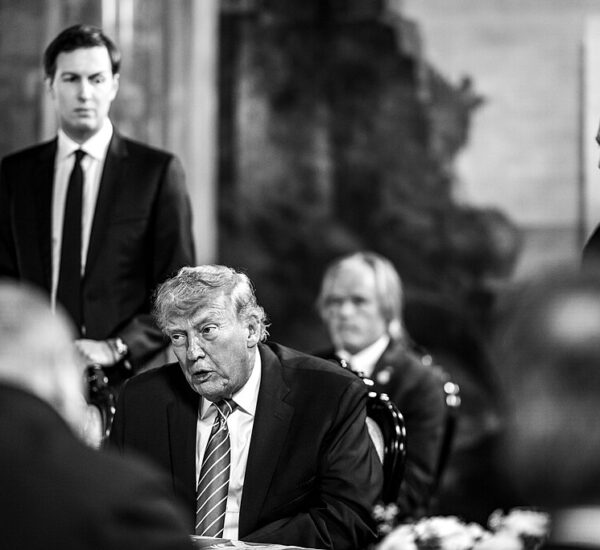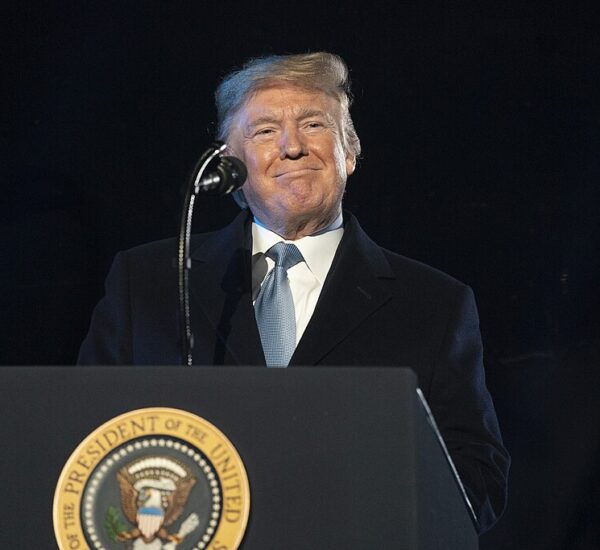Trump Dealing With New GOP Issue
As lawmakers return to Capitol Hill in September, Republicans are clashing over how to handle the next high-stakes government funding battle—just weeks before a potential federal shutdown.
Some GOP leaders are demanding a full-year budget overhaul to rein in wasteful federal spending, while others are open to a stopgap bill—if it means blocking more Biden-era fiscal damage.
⚠️ Countdown to Crisis: Will Congress Act or Cave?
The current fiscal year ends September 30. If Congress fails to act, the result could be a costly and disruptive government shutdown—hurting veterans, national security, and hardworking taxpayers.
Sen. Rick Scott (R-Fla.) laid it out bluntly:
“Step one: Pass a responsible budget. Step two: Avoid a shutdown. Step three: If it comes down to it, do a full-year freeze on spending.”
That approach—known as a full-year continuing resolution (CR)—would lock in current funding levels and deny Democrats any major new spending wins.
🔒 Conservatives Push Back Against Big Government Spending
Rep. Andy Harris (R-Md.), chair of the House Freedom Caucus, supports the long-term CR approach.
“It keeps spending flat. No increases. No Biden boondoggles.”
His reasoning: Democrats can’t be trusted to negotiate in good faith—and he’s not alone.
Sen. Bernie Moreno (R-Ohio) warned that a full-year CR would only continue Biden’s reckless budget:
“No Republican should support it. We need conservative priorities, not more inflationary spending.”
🛡 Defense Spending at Risk—Again
National security is on the line. Defense hawks are alarmed that Pentagon programs could be dragged into another stopgap bill. Earlier this year, defense funding was trapped under a CR for the first time in history.
House Appropriations Chair Tom Cole (R-Okla.) admitted the risk:
“We might stumble into it again. It’s not good—but it’s better than surrendering to Biden’s agenda.”
📊 Budget Progress: A Battle Between Conservative Values and Leftist Roadblocks
So far, the Senate has advanced three of twelve fiscal 2026 bills—covering veterans, agriculture, FDA, and military construction—with $180+ billion in discretionary spending.
But further progress has been blocked—thanks to Democrat resistance, particularly over Trump-era plans to relocate the FBI headquarters.
The House has passed only two bills. Bridging the gap between conservative House bills and watered-down Senate versions remains a major challenge.
💥 White House Power Grabs Add to the Tension
Complicating negotiations, the Biden administration has tried to claw back previously approved funds—without congressional approval. White House budget chief Russell Vought even claimed the process should be “less bipartisan.”
Sen. Chris Murphy (D-Conn.) attacked the Trump administration, accusing it of “illegality”—but Republicans see that as a distraction from the real issue: runaway government growth.
“If lawmakers refuse to engage in the process, they’re handing control to unelected bureaucrats,” warned Sen. John Hoeven (R-N.D.).
✅ What’s at Stake for Conservatives
Senate appropriators are advancing a $1 trillion funding package, including:
- $852 billion for defense
- $200 billion for Labor, Health and Human Services, and Education
But conservatives warn that unless Republicans hold the line, they’ll be complicit in continuing Biden’s failed economic policies.
Sen. Susan Collins (R-Maine) said the committee is working on both committee and floor strategies to pass the bills—though time is running out.
“This is our chance to take a stand for fiscal responsibility,” said Sen. Tammy Baldwin (D-Wisc.), pointing to the bipartisan approach used in 2019 under President Trump to avoid a shutdown.
🔚 Bottom Line
Republicans have a choice: Hold the line on spending and restore fiscal sanity—or give in to more of Biden’s big-government vision.
With taxpayer dollars, national defense, and conservative values at stake, Americans are watching closely—and expecting action.






